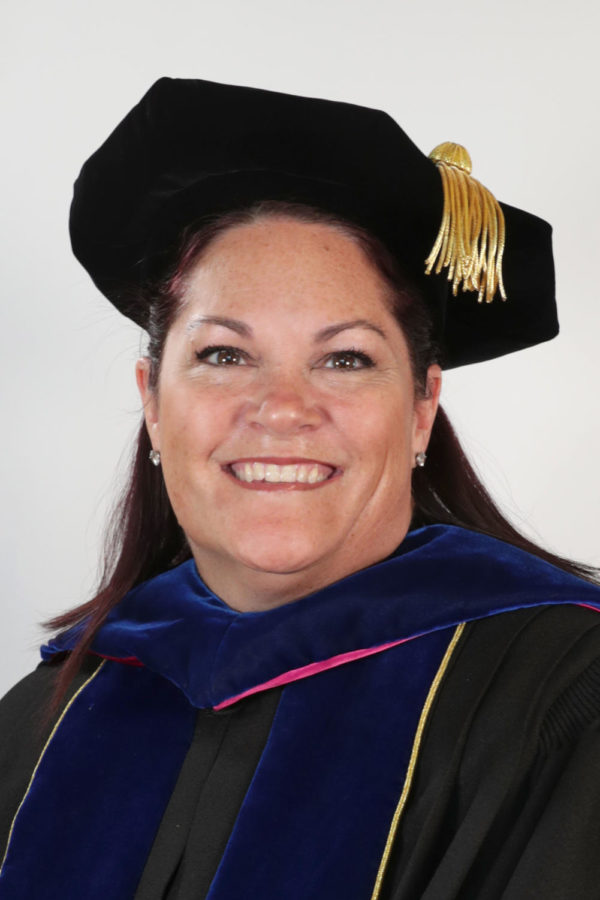Where were you in 1965? It was a year of cultural phenomena that America had never seen before.
When Dennis Lebec was a student at Marietta College, he was researching pop culture when he noticed an interesting chain of events. The year 1965 began appearing over and over in his notebook.
“All things pointed back to 1965,” Lebec, now a professor of communication at Mercyhurst College, said. “When I saw it several times, it had to be more than a coincidence.”
What Lebec had found was a turning point of not just music or politics, but the entire American culture.
“Beginning with the JFK assassination, a series of events began to unfold like a chain reaction,” Lebec recalls. The shock of President Kennedy’s death in 1965 swept the nation and began a revolution. Lebec discovered this triggering event and the series of events that followed during his research.
“Historians tie in JFK to the success of the Beatles because the whole nation was grieving,” Lebec said. He remembers when The Beatles came from England and rocked the sound waves of every radio in America, changing the way Americans viewed music.
1965 was also a major turning point in the youth culture. Lebec found the 1965 release of The Beatles’ album “Rubber Soul” was the first of its kind. The Beatles, who openly admitted to have experimented with drugs, had their album cover designed in a wavy, almost hallucinogenic look. Other musical influences included Elvis and the Funk Brothers.
“This was also the year of drug experimentation,” explains Lebec. “LSD wasn’t made illegal until 1966.” LSD was being used by the most influential artists. 1965 impacted the way people viewed drugs and changes were made in the following year.
According to Lebec, the world of sports also changed drastically in 1965. Opening in 1965 was the Houston Astrodome, which was called the 8th Wonder of the World. This was also the year that basketball team Texas Western, known today as the University of Texas, made history with a starting lineup of five blacks. The Texas team ended up beating Kentucky’s team in the National Championships.
“The NCAA expanded from 16 teams to 32 teams in 1965,” Lebec said. This was because 1965 changed the way Americans viewed the relationship between sports and race.
Lebec has many more examples of why 1965 is a year to be remembered in “1965: Pop Goes the Culture.” Though still in editing, he has hopes for it to be published in the near future.




